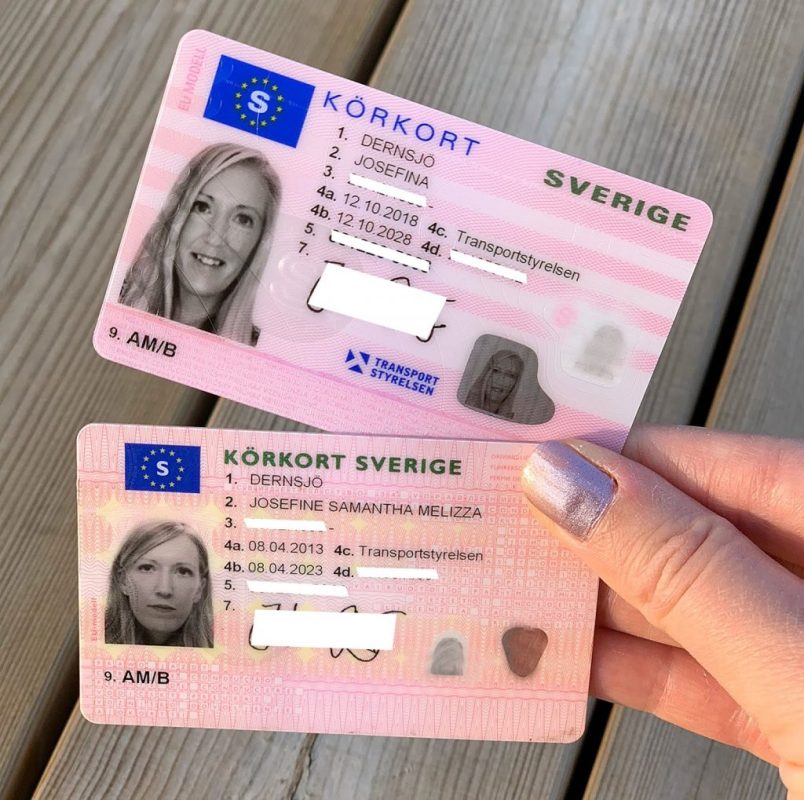This Is The Intermediate Guide Towards Driving License Id-Handling 202…
페이지 정보
작성자 Ronny 댓글 0건 조회 4회 작성일 25-08-26 04:41본문
Navigating the New Landscape of Driving License ID Handling in 2025
In every society, the driving license functions as a vital document, not simply as a proof of the capability to operate a vehicle however also as an identification tool. As we step into 2025, substantial changes have actually emerged relating to the handling and management of driving licenses, mostly affected by advances in technology, evolving regulations, and the requirement for boosted security measures. This article aims to provide a comprehensive introduction of driving license ID handling in 2025, clarifying the innovations included, the upcoming legal transformations, and offering answers to common questions.
The Transition to Digital Driving Licenses
Among the most noteworthy improvements in driving license ID handling is the extensive adoption of digital driving licenses. These digital licenses are kept digitally on mobile phones, using multiple benefits to both chauffeurs and authorities. In the United States, for circumstances, lots of states have started implementing digital driver's licenses, while countries such as Canada and the UK are anticipated to do the same quickly.
Key Benefits of Digital Driving Licenses
- Convenience: Easily accessible on mobile devices, getting rid of the requirement to bring physical copies.
- Boosted Security: Incorporating biometric functions and encryption helps to fight identity theft and scams.
- Real-time Updates: Immediate updates to personal information, such as modifications in address or status, enhance precision.
Challenges and Concerns
Regardless of the advantages, the transition to digital licenses provides difficulties, including concerns about privacy, cybersecurity risks, and the digital divide affecting those without access to mobile phones or the web.
Changes in Regulatory Framework
As we head into 2025, a number of regulations surrounding driving licenses have come under analysis and transformation. Federal governments and regulatory bodies are concentrating on making sure that driving licenses are safe and secure, legitimate, and released in compliance with established laws.
Key Legislative Trends
Standardized ID Formats: Countries are moving towards a standardized format for driving licenses to simplify recognition and enhance security.
Increased Verification Procedures: Authorities are now employing sophisticated techniques such as facial acknowledgment and AI to enhance verification processes at checkpoints.
Focus on Sustainability: With growing ecological concerns, numerous states are going with environment-friendly products for physical licenses and checking out robust digital alternatives.
Age and Identity Verification: Enhanced procedures are being put in place to precisely validate the age and identity of drivers, specifically in contexts where age-related laws use to driving.
The Global Perspective: State-By-State Comparison
| Nation | Digital License Implementation | Present Regulations | Noteworthy Features |
|---|---|---|---|
| United States | Numerous states in development | Varies by state, efforts to combine formats | QR codes for easy recognition |
| Canada | In pilot stages | Standardized recognition across provinces | Combination with health IDs |
| United Kingdom | Early adoption stage | Focus on Körkort Utan körskola Online renewal and information updates | Digital confirmation via the app |
| Australia | Under consideration | Significantly rigid identification protocols | Concentrate on scams prevention |
The Role of Technology in ID Handling
Technology is changing how driving licenses are handled. AI, blockchain, and biometrics are ending up being essential to driving license issuance and verification.
Innovations Shaping the Future
Expert system: AI algorithms are now made use of for acknowledging patterns in driving habits, which can notify insurance coverage premiums and legal ramifications.
Blockchain Technology: Ensuring the integrity and credibility of driving license data, blockchain innovation permits secure sharing of information between authorities without fear of tampering.
Biometrics: Increasingly, biometric systems are executed at the point of issuance and verification, such as facial recognition and fingerprint scanners, to make sure safe and secure identity verification.
Potential Impacts of Emerging Technologies
The execution of these innovations can lead to improved dependability and security of driving IDs, however it raises concerns about information personal privacy and user approval.
Frequently Asked Questions (FAQs)
1. What should I do if my digital driving license is lost or taken?
You must right away report the loss or theft to your local automobile company. Most digital licenses have built-in features to disable gain access to remotely.
2. Are digital driving licenses accepted all over?
Since 2025, approval of digital licenses varies by area. It's recommended to carry both digital and physical copies when taking a trip throughout state or nationwide borders.
3. Can I update my details on a digital driving license?
Yes, updates can typically be made through the associated mobile application or site of the providing authority.
4. What are the security measures for digital licenses?
Digital licenses typically integrate functions such as encryption, two-factor authentication, and biometric verification to improve security.

5. How will conventional driving licenses be affected?
The relocation towards digital licenses may decrease the issuance of physical licenses, however they will still be offered for those unable to gain access to digital choices.
As we advance into a brand-new age in 2025, the handling of driving licenses is enhancing to meet the demands of contemporary society. Through technological advancements and regulative reforms, individuals can anticipate a more secure, effective, and streamlined procedure for obtaining and handling their driving licenses. However, as digital solutions proliferate, it remains vital to address difficulties connecting to privacy, security, and accessibility, ensuring fair road access for all chauffeurs while protecting individual information. As federal governments throughout the world continue to adapt to these modifications, the future of driving license ID handling is set to be both vibrant and transformative.
댓글목록
등록된 댓글이 없습니다.


